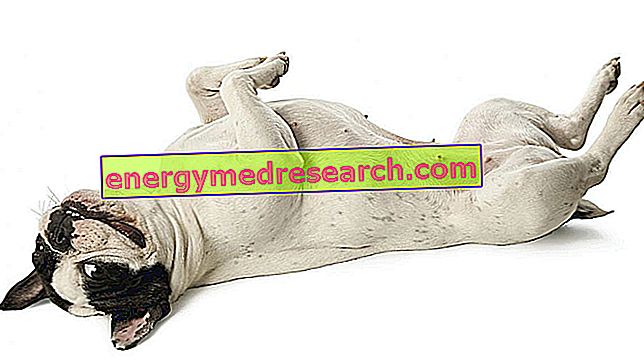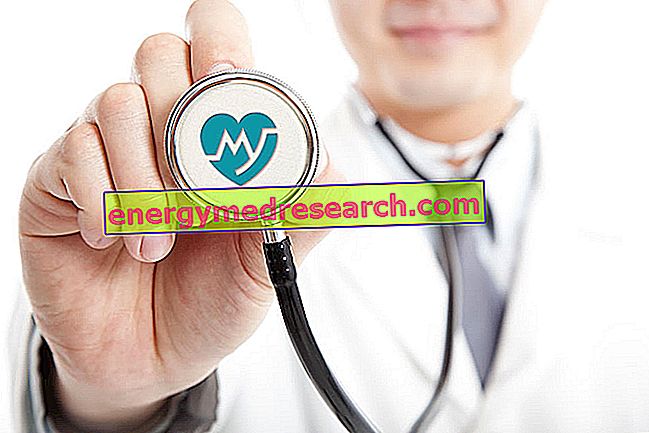
What is NovoSeven?
NovoSeven is a powder and solvent to be mixed to obtain a solution for injection. It contains the active substance eptacog alfa. Two NovoSeven formulations are available: the original formulation requires refrigeration, while the new one can be stored at room temperature.
What is NovoSeven used for?
NovoSeven is indicated for the treatment and prevention of bleeding associated with surgery in the following groups of patients:
- patients with congenital haemophilia (a disease that causes bleeding, present from birth) that has developed or is expected to develop "inhibitors" (antibodies) against factor VIII or IX;
- patients with acquired hemophilia (disease caused by the spontaneous development of factor VIII inhibitors);
- patients with congenital factor VII deficiency;
- patients with Glanzmann's thrombasthenia (rare bleeding disorder) who cannot be treated with platelet transfusion (components that promote blood clotting).
The medicine can only be obtained with a prescription.
How is NovoSeven used?
Treatment with NovoSeven should be started under the supervision of a doctor experienced in treating haemophilia or bleeding disorders. NovoSeven is given intravenously.
- In the case of hemophilia, the dose to be administered is 90 micrograms per kilogram of body weight, to be repeated every two to three hours, until the haemostasis (control of hemorrhage). A greater dose may be needed in children. Adults with mild to moderate bleeding episodes may receive a single dose of 270 micrograms per kg of body weight.
- In the case of factor VII deficiency, the dose is 15-30 micrograms per kg of body weight every four to six hours up to haemostasis.
- In Glanzmann's thrombasthenia, the dose is 90 micrograms per kg of body weight every two hours, for at least three doses.
NovoSeven can be administered at home. For complete information on doses for all uses, see the Package Leaflet.
How does NovoSeven work?
The active ingredient in NovoSeven, eptacog alfa (activated), is almost identical to the human protein called factor VII. Eptacog alfa acts in the same way as factor VII. In the body, factor VII is involved in blood clotting. Activate another factor, factor X, which initiates the coagulation process. By activating factor X, NovoSeven allows temporary bleeding control.
Since factor VII acts directly on factor X, independently of factors VIII and IX, NovoSeven can be used in haemophilic patients who have developed inhibitors towards factor VIII or IX. NovoSeven can also be used to replace the missing factor VII in patients with factor VII deficiency.
Eptacog alfa is not extracted from human blood, but is produced by a method known as "recombinant DNA technology": that is, it is obtained from a cell in which a gene (DNA) has been introduced that makes it capable of producing eptacog alfa.
How has NovoSeven been studied?
NovoSeven has been studied in patients with haemophilia and in patients with factor VII deficiency. The main measure of effectiveness was the number of effectively controlled bleeding episodes. The manufacturer has conducted studies on 60 patients with light to moderate bleeding episodes to determine if the medicine can be used at home. Furthermore, NovoSeven has been studied in patients with Glanzmann's thrombasthenia who could not be treated with platelets.
The company also carried out a study on 25 healthy volunteers to show that the two NovoSeven formulations are treated in the same way by the body.
What benefit has NovoSeven shown during the studies?
In the larger study, which included 61 patients with haemophilia with inhibitors, treatment with NovoSeven was effective in 84% of the 57 severe bleeding episodes and in 59% of the 38 bleedings caused by surgery.
In the study in which NovoSeven was administered at home, 90% of bleeding episodes were effectively controlled.
In the study of Glanzmann's thrombasthenia, treatment with NovoSeven was effective in 74% of bleeding (42 out of 57).
What is the risk associated with NovoSeven?
Side effects related to NovoSeven are not common. However, the following side effects occurred from one to 10 in 1 000 patients: venous thrombotic events (problems caused by blood clots in the veins), skin rash, pruritus, hives, reduced therapeutic response (poor treatment effectiveness) and pyrexia (fever). For the full list of all side effects reported with NovoSeven, see the Package Leaflet.
NovoSeven should not be used in people who may be hypersensitive (allergic) to eptacog alfa, mouse proteins, hamster or bovine or any of the other substances in the medicine.
Why has NovoSeven been approved?
The Committee for Medicinal Products for Human Use (CHMP) has determined that the benefits of NovoSeven outweigh its risks for the treatment of bleeding episodes and for the prevention of bleeding during surgery or invasive procedures in patients with congenital haemophilia, haemophilia acquired, congenital deficit of factor VII or Glanzmann's thrombasthenia. The committee recommended the granting of a marketing authorization for NovoSeven.
What measures are being taken to ensure the safe use of NovoSeven?
The company that makes NovoSeven will provide information packages for doctors and patients, explaining the differences between the two NovoSeven formulations, to avoid errors in the calculation of the doses.
More information on NovoSeven:
On 23 February 1996, the European Commission granted NovoSeven a marketing authorization valid throughout the European Union to Novo Nordisk A / S. The marketing authorization was renewed on February 23, 2001 and February 23, 2006.
For the full EPAR for NovoSeven, click here.
Last update of this summary: 05-2009.



